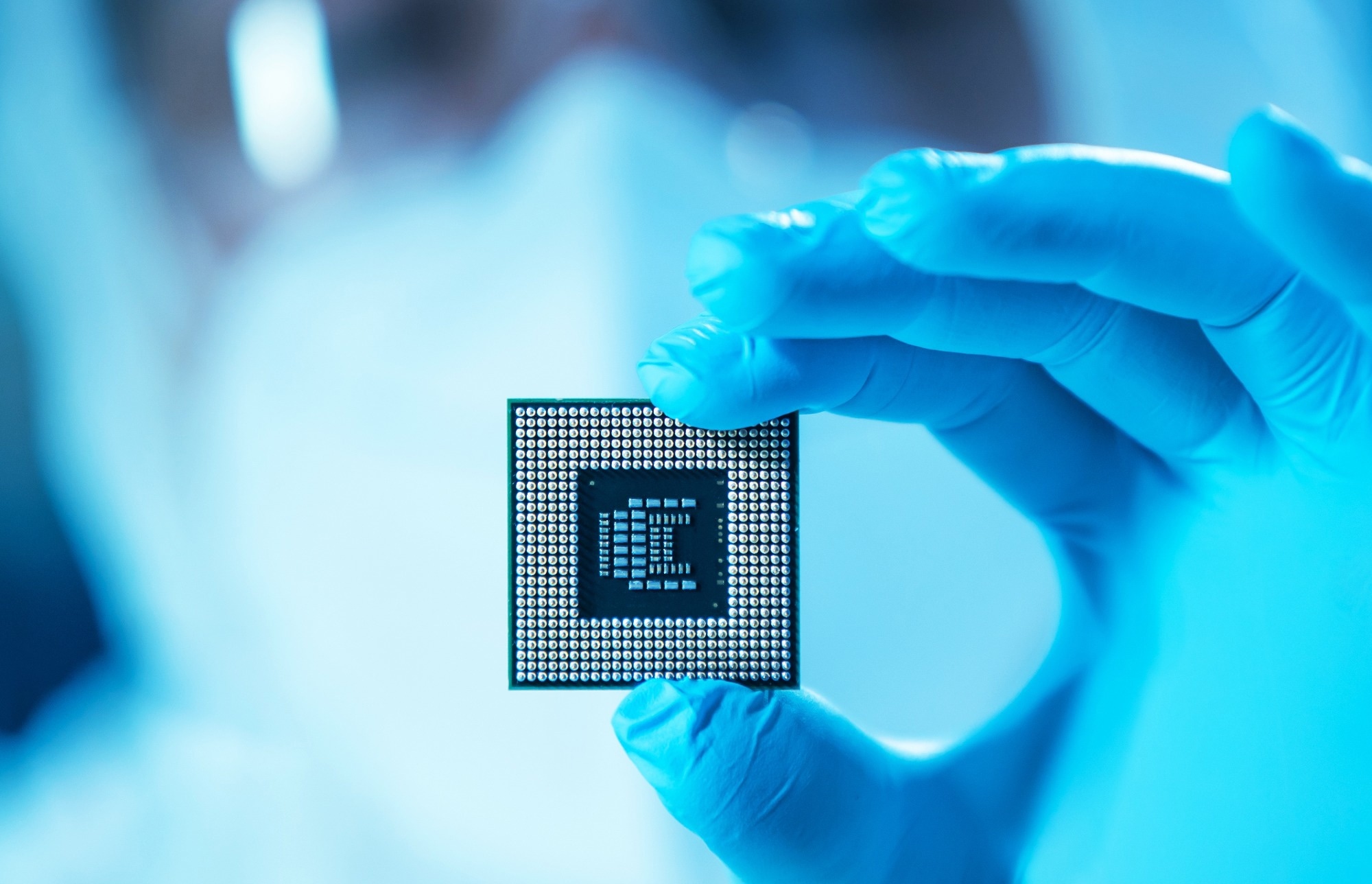The electrical conductivity of blood is governed largely by the concentration of chloride and sodium ions and other essential electrolytes that are also vital for various physiological processes. Electrical conductivity measurements of blood are a good metric for several medical conditions and health parameter assessments.
In a recent study published in Advanced Materials, a team of scientists presented a novel lab-on-a-chip device consisting of a portable millifluidic nanogenerator that can gauge blood conductivity at low frequency.
 Study: Millifluidic Nanogenerator Lab-on-a-Chip Device for Blood Electrical Conductivity Monitoring at Low Frequency. Image Credit: Max Acronym/Shutterstock.com
Study: Millifluidic Nanogenerator Lab-on-a-Chip Device for Blood Electrical Conductivity Monitoring at Low Frequency. Image Credit: Max Acronym/Shutterstock.com
Background
The electrolytes that contribute to the electrical conductivity of blood are integral to various physiological processes, and monitoring blood conductivity can help assess important health parameters such as erythrocyte sedimentation rate, hematocrit, and cardiac output.
Deviations in blood conductivity can also indicate medical conditions such as electrolyte imbalance, dehydration, and even more complex disorders such as Alzheimer's disease or renal failure.
Assessing low-frequency blood conductivity below 100 Hz can also be especially valuable in understanding fundamental human biology and health processes.
However, factors such as difficulty maintaining blood temperature, electrode polarizations, and inadequate access to human blood samples have prevented a proper understanding of blood conductivity.
Furthermore, the existing techniques rely on bulky, microprocessor-based devices that limit their use in point-of-care settings and for remote monitoring of health parameters.
About the study
The present study presented a novel, portable lab-on-a-chip device that uses a millifluidic nanogenerator and can assess blood conductivity at low frequencies.
The triboelectric nanogenerator that is integrated into the device uses blood as the conductive substance and converts mechanical energy into electrical energy through triboelectrification.
The electron exchange between materials in contact results in a charge transfer, which generates a voltage difference inside the triboelectric nanogenerator. This voltage difference is converted into estimates of electrical conductivity using artificial intelligence (AI)-based tools.
The device was designed as a three-dimensional (3D) model, and its tubular frames were fabricated with poly(methyl methacrylate) or PMMA using a stereolithographic method. The device contained a sealed hollow chamber that would hold the blood.
The parts, such as the polytetrafluoroethylene (PTFE) discs, cap shaft, spring-loaded push trigger cap, and copper electrodes, were assembled onto the PMMA frame. The diameter of the blood channel was designed to be 1.25 mm.
Components such as an amplifier were added to measure high resistance, current, and voltage. A universal testing machine was used to load the device mechanically, and a benchtop conductivity meter measured the electrical conductivity of human blood samples and corrected simulated body fluid.
The measurements were conducted at 10 °C and 40 °C, and a water bath was used to control the blood sample temperature.
Major findings
The study reported that this novel lab-on-a-chip device could efficiently and accurately analyze changes in the electrical conductivity of blood samples and samples of corrected simulated body fluid based on changing electrolyte concentrations.
Furthermore, the AI models that were used to estimate the electrical conductivity of blood from the voltage patterns generated by the triboelectric nanogenerator were also highly accurate in using only the voltage generated by the device to predict the electrical conductivity.
Additionally, since the device is self-powering, the mechanism could be miniaturized, making it portable and ideal for resource-limited situations and settings.
The chip was designed such that a fingerstick lancing device, such as a 25-gauge lancet, could be used to obtain a few drops of blood, and the blood sample could be introduced directly into the device using a transfer tube.
The transfer tube would input the blood into the sealed hollow blood chamber through capillary action.
In the device, the blood collects between two PMMA layers, forming a sandwich, with the blood layer comprising one of the electrodes and a copper electrode on one of the PTFE discs forming the other electrode.
Operating the push trigger cap moves the shaft, which brings the PMMA and PTFE layers closer together, causing the electron transfer.
The researchers presented a comparative analysis of this novel millifluidic lab-on-a-chip device with traditional methods of measuring electrical conductivity, which emphasized the advantages of this device in terms of portability, simplicity, and usability in a wide range of scenarios.
The study also discussed the various other applications of this technology beyond electrical conductivity measurements.
Conclusions
To summarize, the study presented a novel, portable, millifluidic lab-on-a-chip device that could measure the electrical conductivity of blood using a few drops of blood.
The simplicity of this disposable device and its self-powering ability make it a valuable diagnostic tool, given that the electrical conductivity of blood is an important indicator of a wide range of biological conditions.
This technology also has potential applications in measuring other health parameters besides electrical conductivity.
Journal reference:
-
Luo, J., Lu, W., Jang, D., Zhang, Q., Meng, W., Wells, A., & Alavi, A. H. (2024). Millifluidic Nanogenerator Lab-on-a-Chip Device for Blood Electrical Conductivity Monitoring at Low Frequency. Advanced Materials. doi:10.1002/adma.202403568. https://onlinelibrary.wiley.com/doi/10.1002/adma.202403568